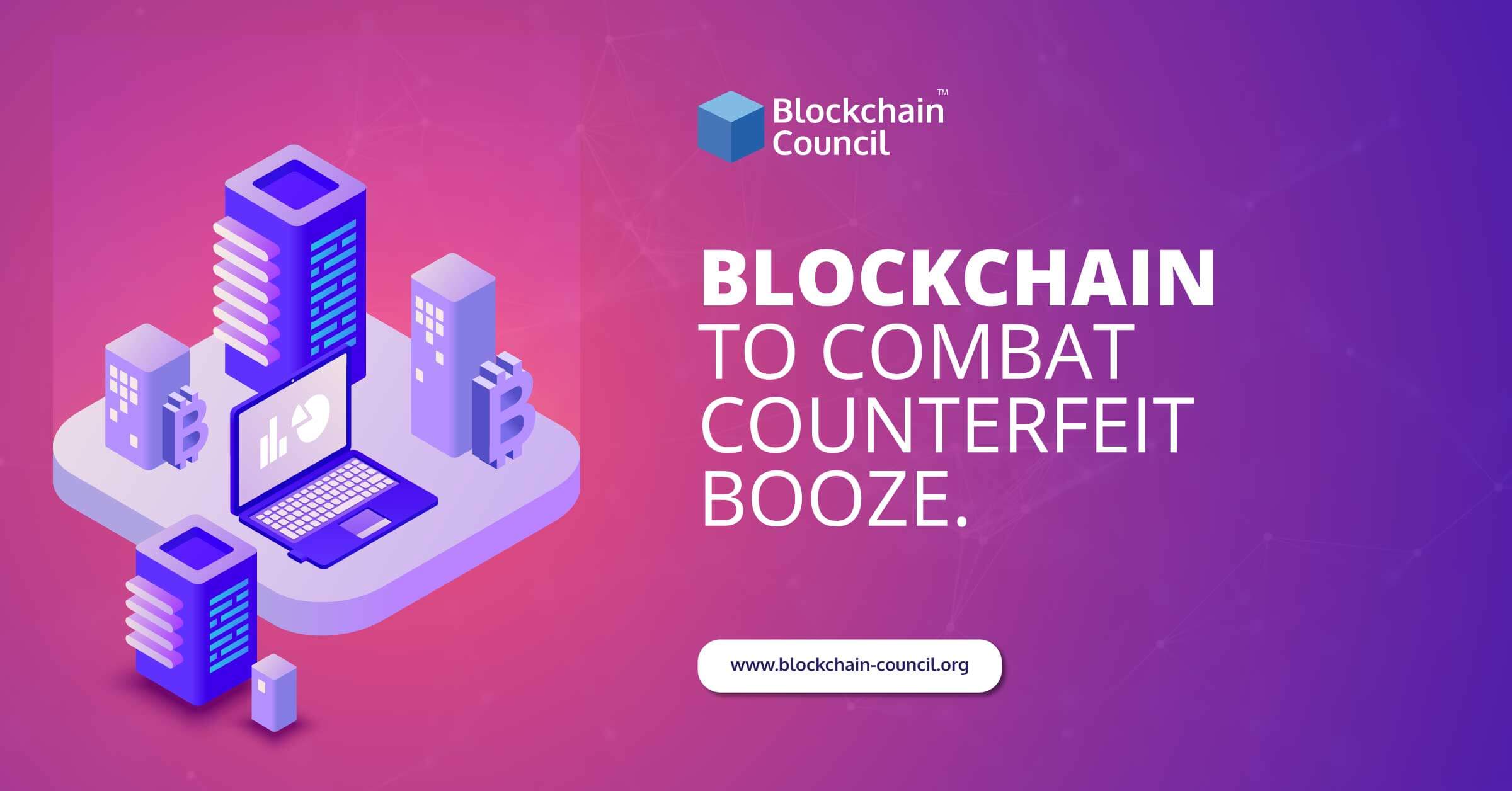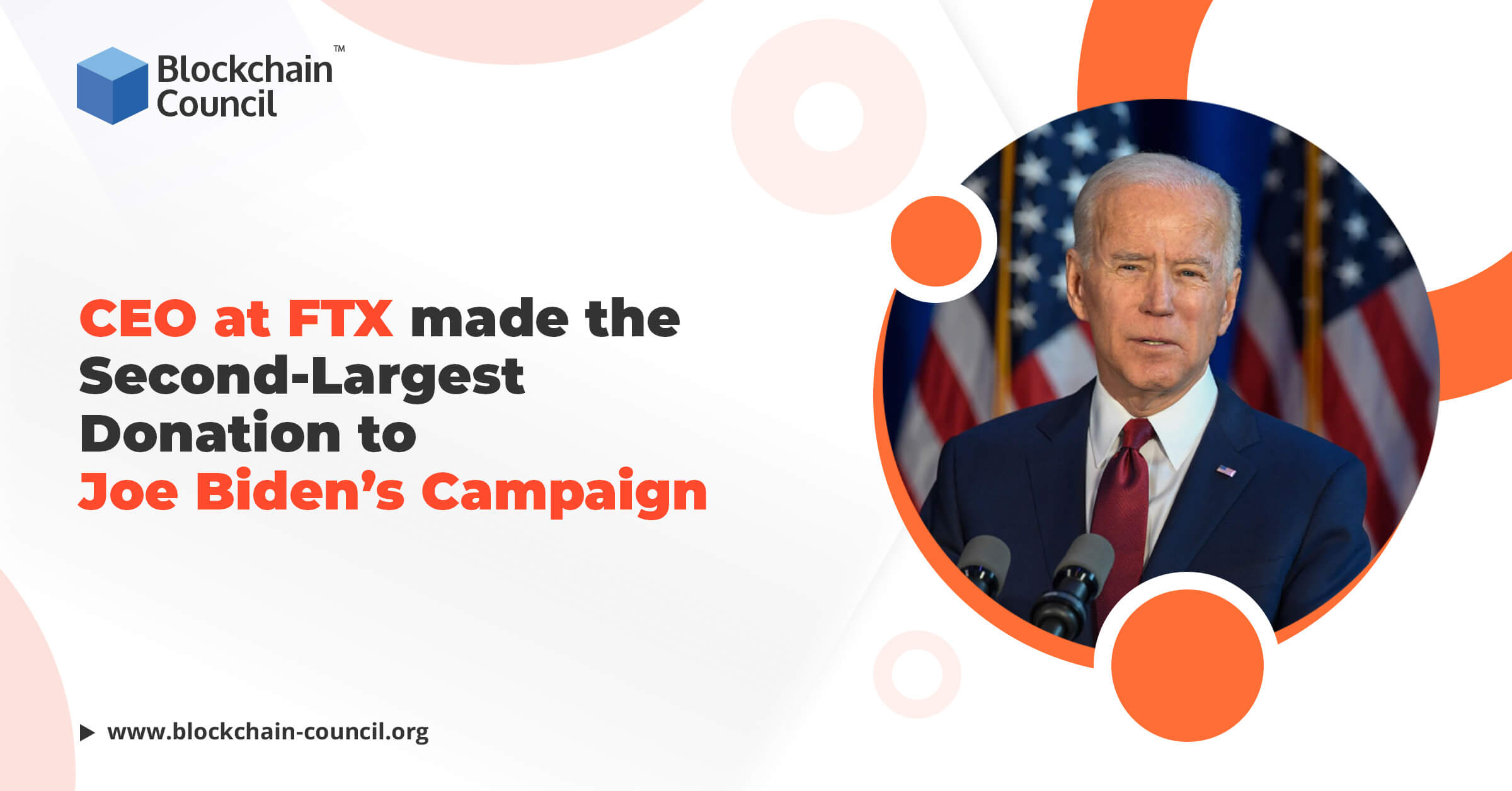
- Toshendra Kumar Sharma
- December 24, 2019
In today’s context, blockchain disrupts almost every business in all industries across the globe. In today’s context, it would be safe to say that if someone, in any part of the world, is selling something somewhere, there is someone else who is thinking about using a distributed ledger technology like blockchain would help them do it better. It is a well-known fact that the alcoholic drinks and spirits market is a highly profitable industry worldwide considering statistics such as the market value of alcoholic drinks in the UK reaching nearly 54 million pounds in the year 2018. But it is an industry that is highly susceptible to counterfeit products.
Nowadays, blockchain is being used widely by many renowned organizations to allow for faster product recalls and fewer counterfeit goods. International diamond corporation, DeBeers, has started putting its diamonds on the blockchain. Walmart has started putting products like lettuce and shrimp on the blockchain. There are several startups that are also putting skincare products, watches, and liquor on the blockchain. The liquor industry is no exception.
This article will help you understand how we can use blockchain to combat counterfeit goods in the liquor industry.
Using Blockchain to Counterfeit Fake Goods
A tech startup in Australia uses blockchain to combat fake goods by ensuring provenance, authentication, and traceability in the supply chain. TBSX3 is one such organization that is committed to restoring trust to international trade using the latest anti-fake technologies and blockchain. TBSX3 is helping brands to optimize and secure their supply chains and connect with consumers from across the world.
Challenges to be Overcome
A major challenge to counterfeit protection is to ensure the traceability of products. The rise in global supply chains ahs has made tracking of goods more difficult right from the assembly line to store shelf. Nowadays, supply chains involve a complex network of players who operate their own system. This provides brand owners only a limited view of their operations and also makes coordination challenging.
Counterfeit protection generally involves four elements such as the product that is consumed, the label of the product, its packaging, and the cover that is used to open and close it. The use cases described below are restricted to the label and packaging. But naturally, the origin of a product is best identified and verified using fingerprints that are derived using the chemical compositions of its ingredients, when compared against sample tests.
Solution
The three considerations that guided the design for these use cases are:
- The solution was required to reassure the brand owner, consumers, and logistics partners that the captured data that is stored on the ledger could not be edited. Creating trust was a very important factor.
- Scalability and a flexible architecture are highly important for being able to plug in Systems of Record (SoR) or other technologies like temperature loggers and Near-Field Communication tags.
- Using a mobile app to empower consumers and leverage the origins of the product and the brand and leverage the background story.
Solutions Provided by Blockchain
The liquor industry is using blockchain to track the provenance of wines and spirits. To boost transparency and security, several companies based in Alberta have teamed up with TE-FOOD, a blockchain-enabled farm-to-table food traceability solution for delivering a new beer called the Bock Chain.
This allows consumers to follow the entire story of the beer just by scanning a QR code label on the bottle. This will take viewers to a microsite that is developed by TE-FOOD. This shows the videos and photos of the barley at various stages of production and displays important information such as vessel identification, volume, test results at each stage, and time stamps.
Using blockchain to combat counterfeiting happens not only with the beer industry. Everledger that makes use of blockchain technology to track diamonds and other luxury goods and valuable products has teamed up with the intelligent labelling and adhesive specialist, Avery Dennison Corporate, for tracking the provenance of the wine. For each unique label, blockchain provides a digital identity that lets a chain of custody data to be captured using blockchain technology. This will highlight if the bottle or the label has been tampered with at any point during the whole process.
Adelphi Distillery and Fusion Whisky have teamed up in the past to launch a number of Scottish whiskies. In 2018, Brisbane whisky was the first to use the blockchain for demonstrating provenance. The second whisky to make use of blockchain was the Winter Queen launched in 2018, and it honors Elizabeth Stuart, the Scottish princess born in 1596.
Blockchain helps bridge the information gaps present in the supply chain so that consumers will be aware of where their alcohol comes from. If you are enjoying a glass of whisky or red wine, filtering out the counterfeited products will leave behind a smoother finished product.
Conclusion
Counterfeit or fake goods are in circulation in almost every industry, and it is a global problem. To know more about how to use blockchain, check out the blockchain certifications offered by Blockchain Council.





































































 Guides
Guides News
News Blockchain
Blockchain Cryptocurrency
& Digital Assets
Cryptocurrency
& Digital Assets Web3
Web3 Metaverse & NFTs
Metaverse & NFTs
